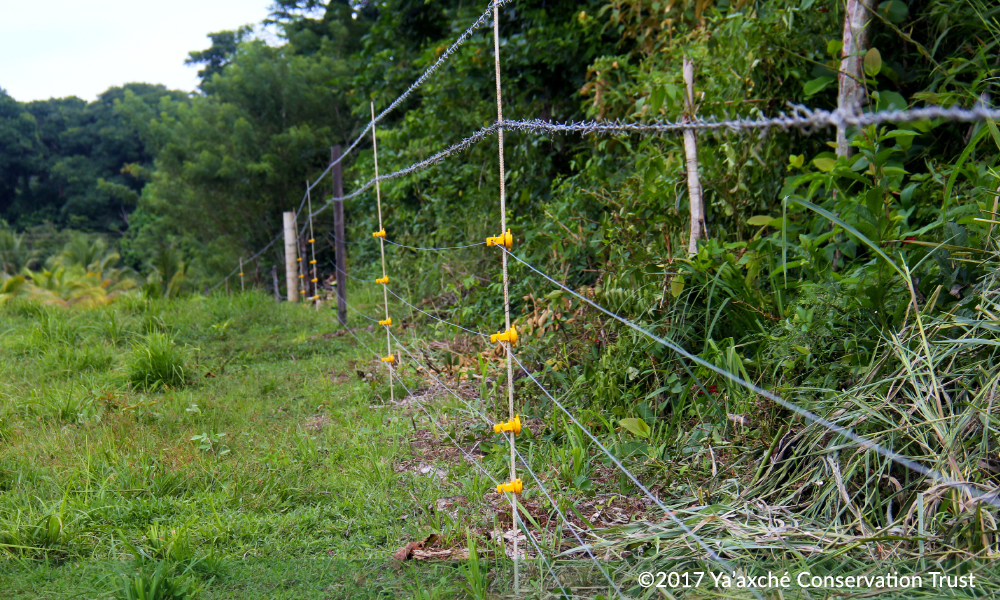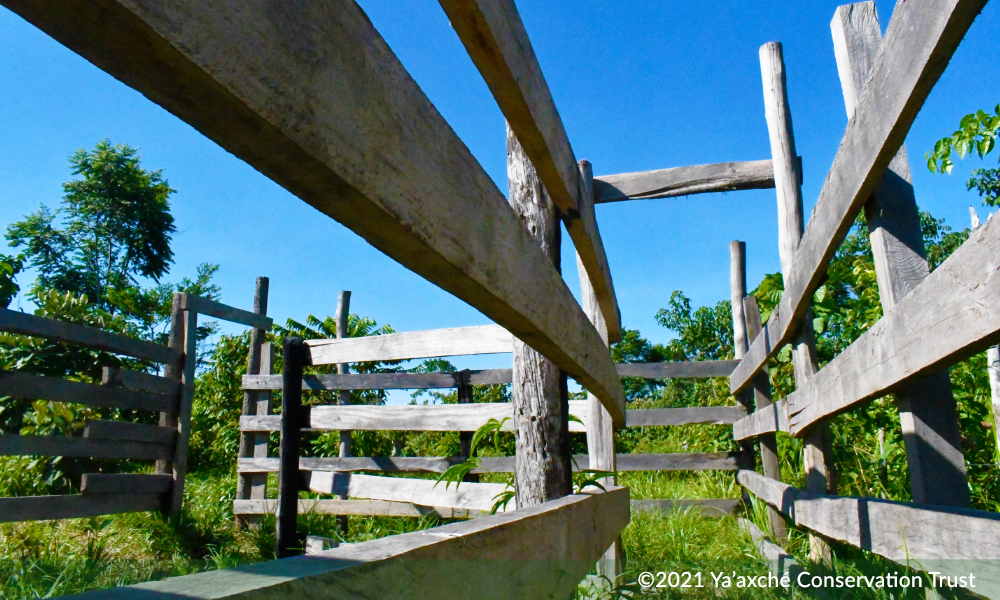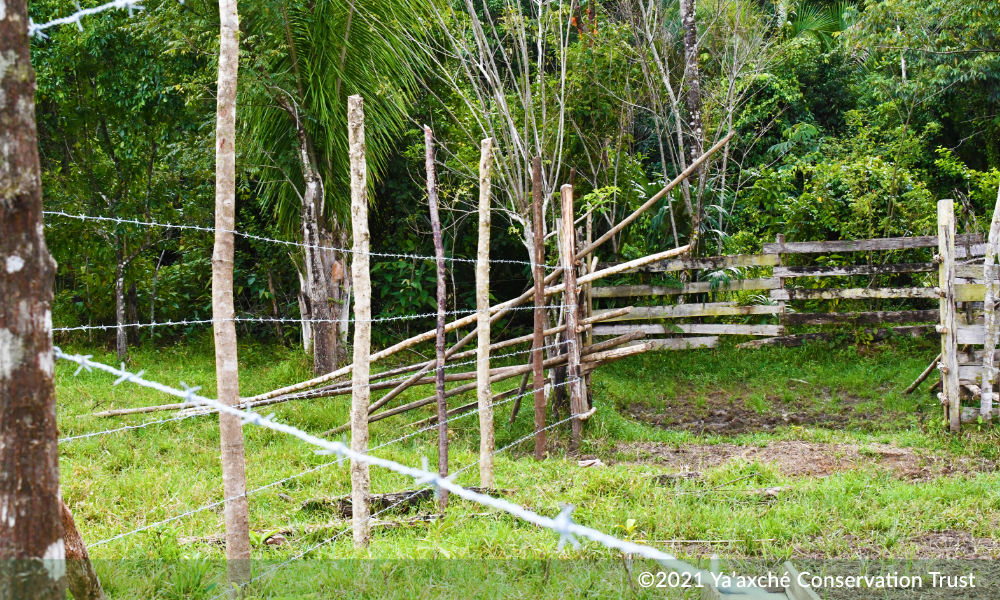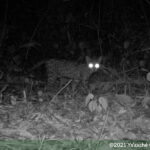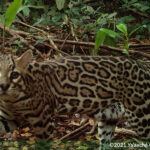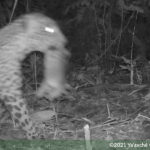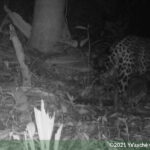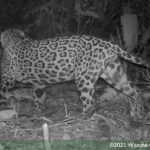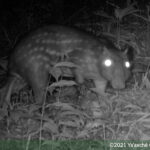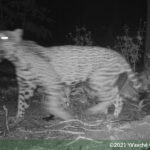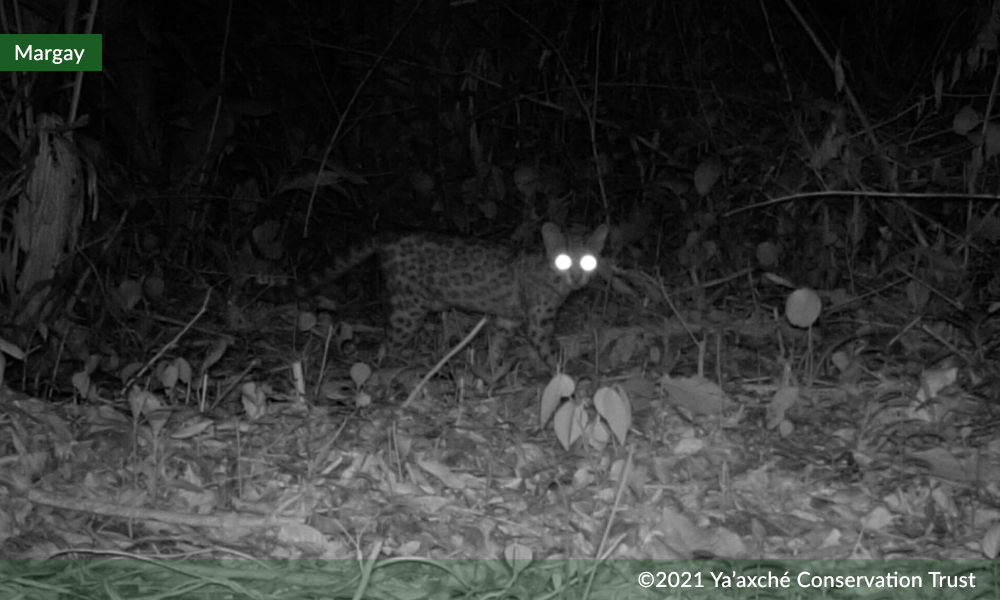Root causes of Human-Wildlife Conflict
HUMAN-WILDLIFE CONFLICT
Co-existing with wildlife
As human populations grow, there is a demand for more space and resources. Humans and wildlife are increasingly interacting and competing for resources, which often leads to conflicts. Deforestation from human development and agricultural expansion are the major causes of human-wildlife conflict. Habitat loss pushes wildlife to nearby farms or communities for food, shelter, and water resources. This has an adverse effect on both humans and wildlife and often humans use lethal action for immediate conflict resolution. However, lethal control has negative effects for wildlife population, the ecosystem food chain and does not resolve conflict in the long term.
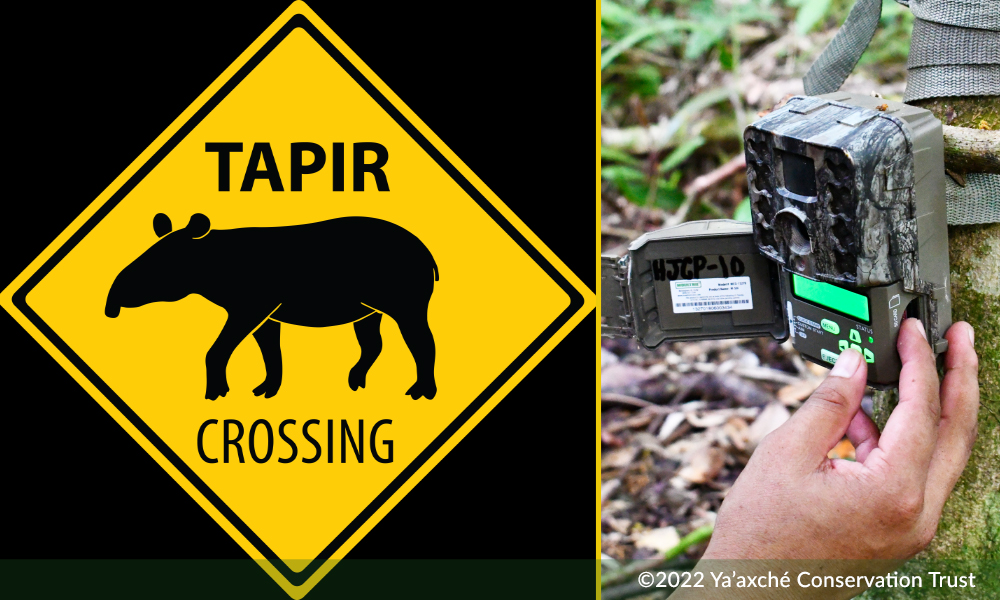
In 2013, the MGL communities started to report wildlife conflict; most of the reports were based on predator attacks on farmers’ livestock and residents’ domestic animals. Most of the time, jaguars are perceived as villains, and farmers often retaliate to persecute the jaguar, subsequently putting pressure on the already struggling jaguar population. Ya’axché recognized this conservation issue, both having an impact on communities’ livelihoods and on the near-threatened jaguar population across the landscape.
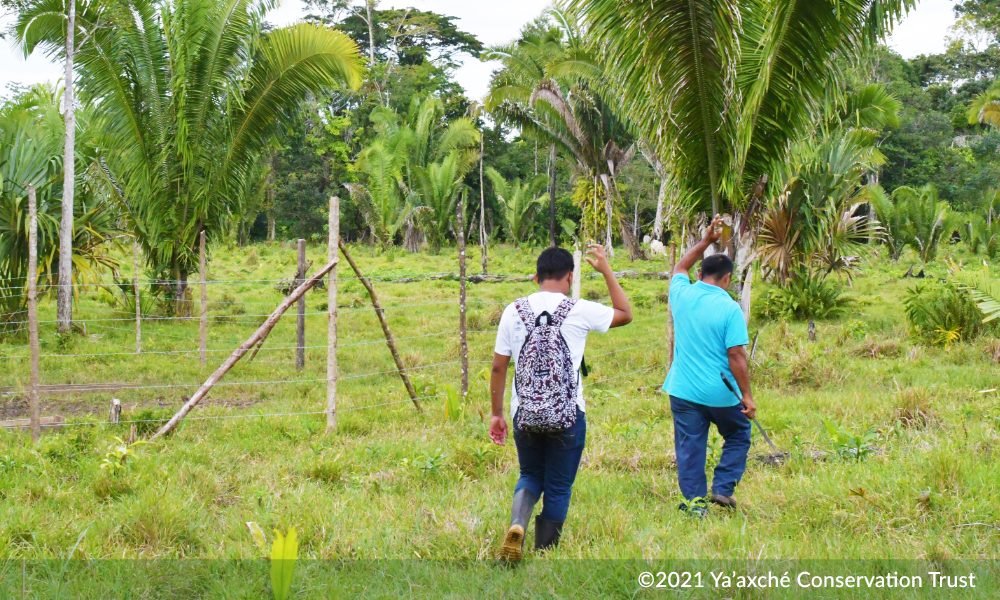
Ya’axché started to carry out site visits whenever conflict issues were reported from MGL communities to document the jaguar attacks and provide guidance on how to prevent jaguars from killing livestock in southern Belize. The work was carried out with the goal of eliminating retaliatory killings of jaguars by cattle farmers. In 2016, Ya’axché Human-Jaguar Conflict Sub-Program (HJCP) was established and initially focused on education and community outreach within the MGL.
Ya’axché HJCP aims at responding to calls from communities on jaguar conflicts across the MGL. It also engages buffering communities in education and capacity-building activities with the main goal of raising awareness on the importance of protecting jaguars and their prey as well as conserving their habitats and learning to live in coexistence.
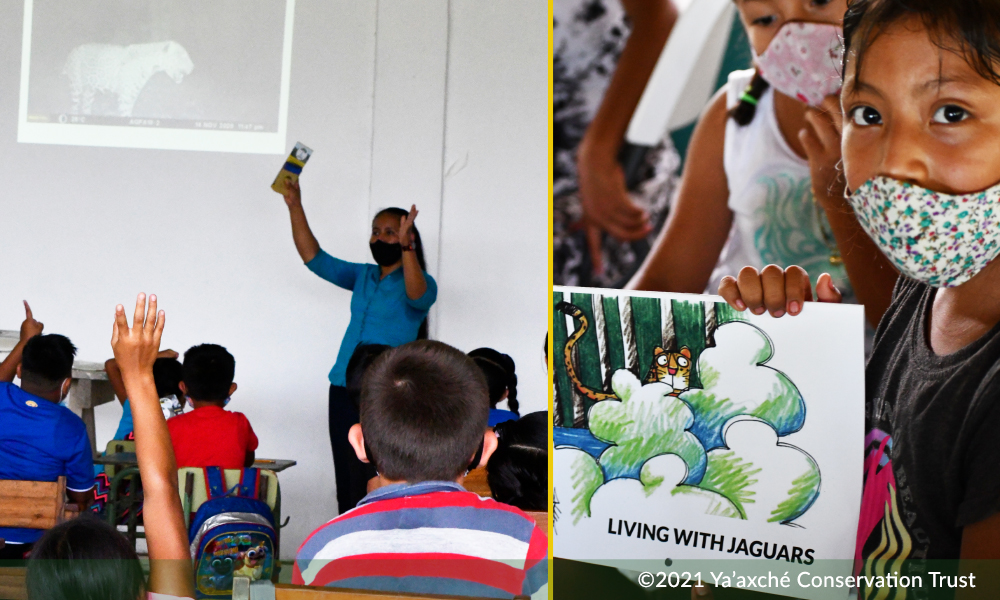
In 2017, Ya’axché started directly working with livestock farmers who have been experiencing livestock loss from predator attacks. The affected livestock farmers were part of a demonstration pilot program using mitigation measures to prevent jaguar attacks. Presently, these livestock farmers have their coexisting model farms called Jaguar-Friendly Farms. The Jaguar-Friendly Farms are implementing mitigation measures to avoid jaguar attacks and farmers are committed to protecting both jaguars and their livestock in a sustainable way. Wildlife monitoring via camera traps in the proximity of these jaguar-friendly farms helps us to better understand the assemblage and activity pattern of species in a disturbed landscape, with an emphasis on jaguar activity.
Mitigation Measures
Effective measures help prevent conflict, to secure livestock and prevent predator attacks. The Jaguar-Friendly Farms mitigation strategies are categorized as light, sound, and barrier.
Lights at night helps keep jaguar away
- 1. Solar Night Predator Deterrent (Foxlight) randomly displays multi-colored lights and appears as if someone is patrolling with a flashlight which keeps predator way with their natural fear of humans.
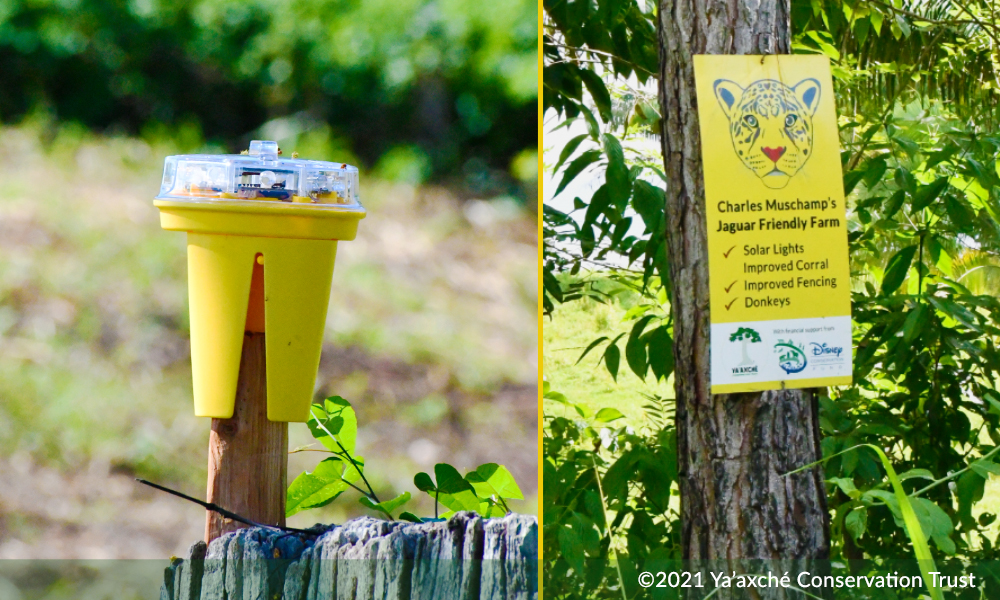
2. Solar Non-Motion Lights turns on at night and stays on, it is usually installed near corral/night enclosures to help keep predators away.
3. Wireless Motion-Sensing Lights have a motion sensor and automatically switch on when movement is detected. This helps scare away the predator when the lights suddenly turn on based on movement.
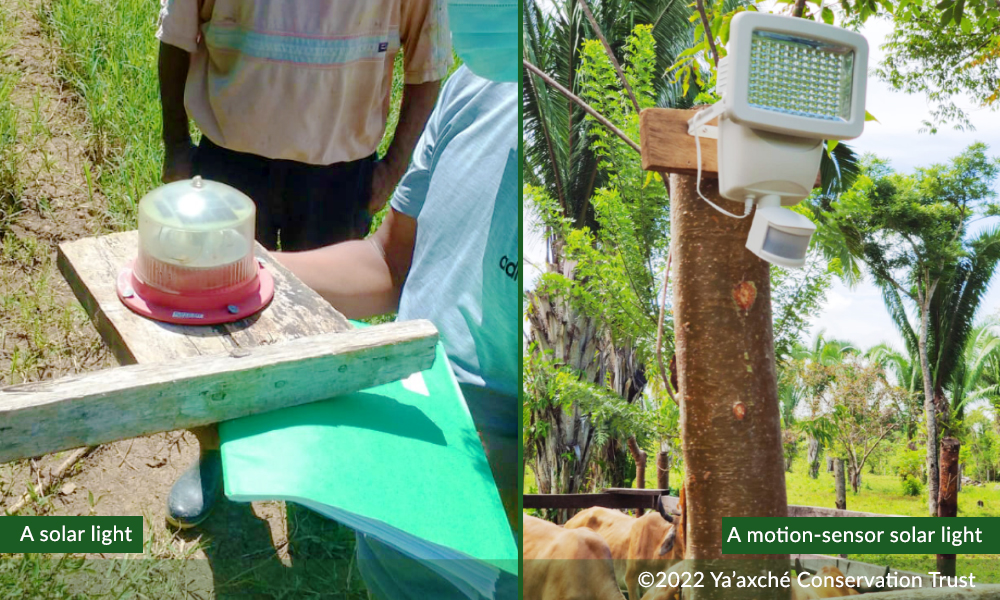
Sound acts as an alarm system against jaguars
- Donkey makes noise if a predator approaches, serving as an alarm system on the farm.
- 5. Cow Bells make noise that would scares off predator, thus improving protection.
- 6. Solar Sound System make noise to keep predators away.
Barriers helps to keep predator out
7. Secure Fencing off forested areas prevents livestock from roaming in search of forage or water and keep the predators out.
- Electric Fencing electric current can pass, giving an electric shock to any person or animal touching it and keeping livestock protected.
- Night Enclosure/Corral provides a fenced-in enclosure to keep livestock safe at night.
Other good practices
- Establish a breeding season, it would be easier to provide proper care and protection to young livestock.
- Proper disposal of carcasses helps to prevent predators’ attacks around farms. Dispose or burn the carcasses in a more convenient area far away from the farm.
- Cleaning of pasture boundaries and fence line would avoid predator attacks. Note: Jaguars do not like to be out in the open.
- Distribution of water sources in the pasture will reduce the chance of livestock roaming in nearby forest in search of water and this will reduce close interaction of livestock with predators and reduce predation.
These strategies provide security to farmer’s livelihood, while jaguars and other wildlife continue to survive in the fragmented landscape.
Be part of the solution and report predator attacks
Contacting the Belize Forest Department to:
Machaca Forest Station: +(501) 702-2765
Savannah Forest Station: +(501) 533-3014
Belmopan Main Office: +(501) 822-1524 | Email: [email protected]
Contacting us at:
Punta Gorda Town Main Office: +(501) 722-0108
Golden Stream Field Station: +(501) 666-8115
Email: [email protected]

